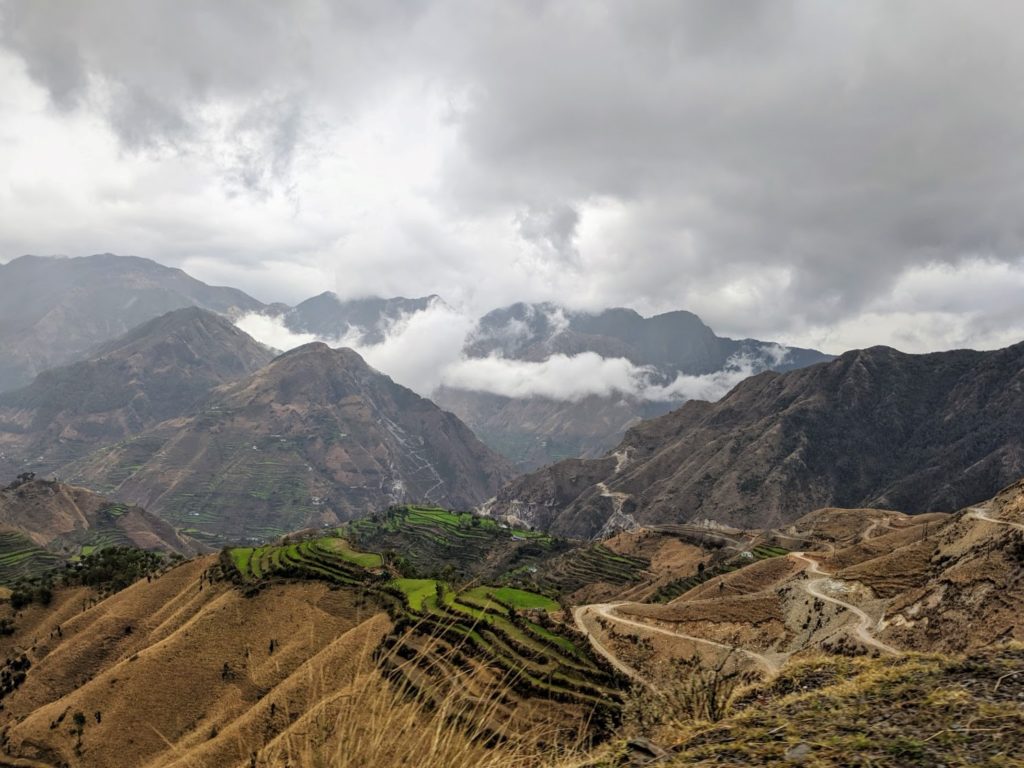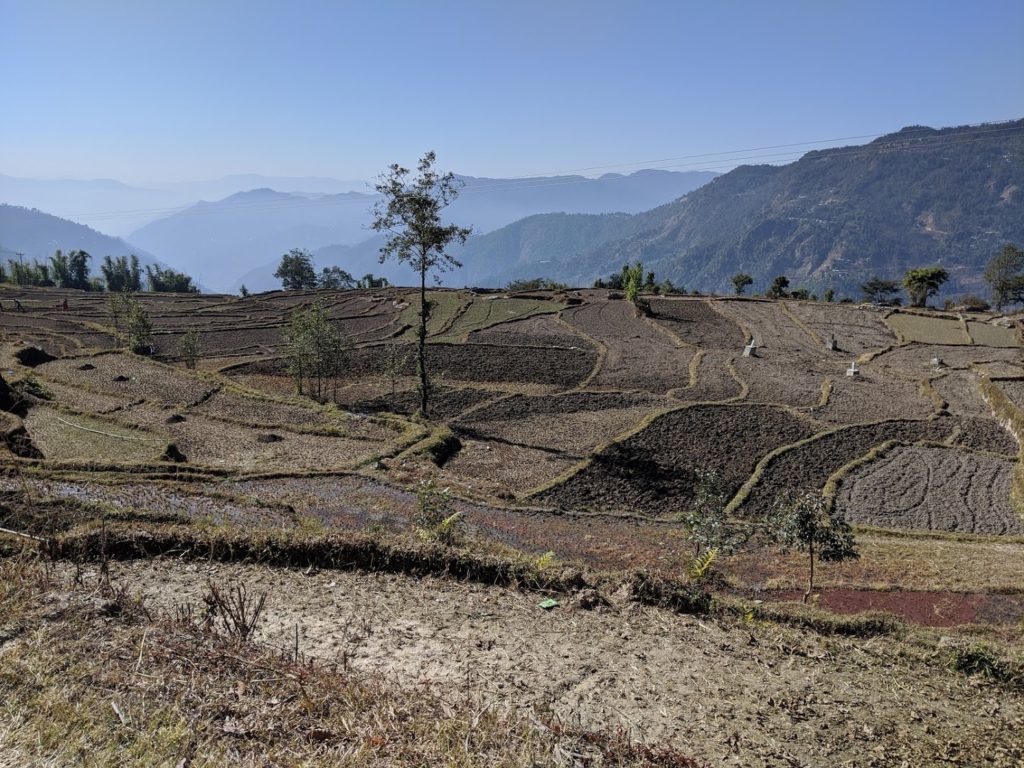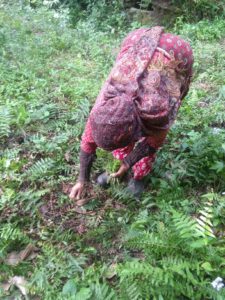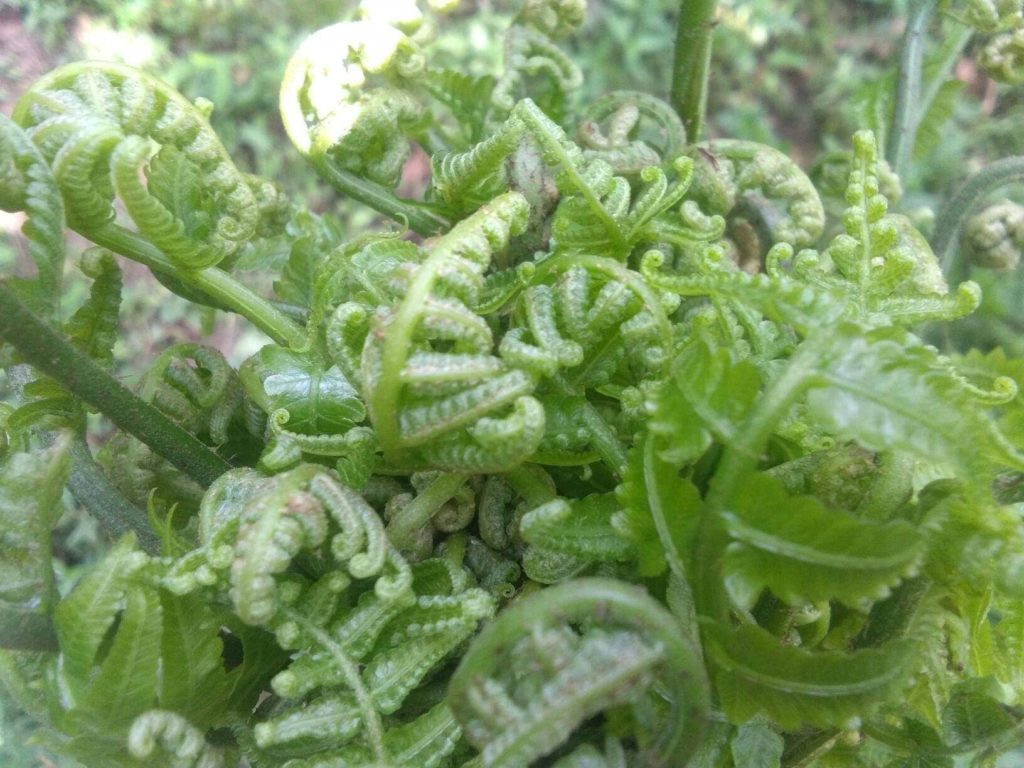Edible wild foods have been an important part of the diet of rural populations around the world, primarily in developing countries. They are also an important safety net and contribute to resilience by enabling people to cope with food insecurity in times of rural distress. This has become particularly apparent in the context of the COVID-19 pandemic.
We have conducted research on food security during the COVID-19 pandemic in the mid-Himalayan region of rural India and Nepal, where nationwide lockdowns were imposed
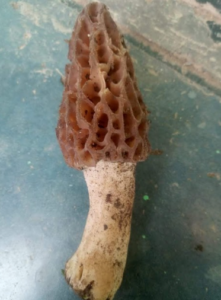
starting last the week of March and continued for several months. The lockdown led to movement of all kinds being sharply constrained, which disrupted the food supply chain and created uncertainty in accessibility, availability and affordability of food. Working with local research assistants, we have been able to continue our data collection and conduct interviews (while following strict government guidelines) thereby providing an in-depth understanding of how the effects of the lockdown unfolded in the areas.
Over the past few decades, a large proportion of the populations in our study sites have transitioned to cultivating cash crops. While these trends may have increased household incomes overall, they have led to reduced production of food for household’s own consumption and increased dependence on markets for both food and income. The lockdown constrained farmers’ ability to sell their harvest due to transport restrictions to the market, leaving many of them to face huge financial losses. This compromised the purchasing power of the people and increased their reliance on wild foods such as leaves, seeds, nuts, honey, fruits, mushrooms that they can collect from their communal resources, including forests, grasslands, and water bodies.
